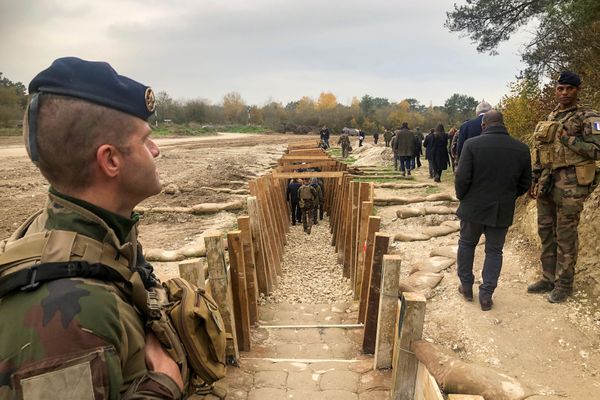Five Australian jurisdictions have now scrapped quarantine rules for close contacts of COVID-19 cases, moving to regular testing requirements and mask rules instead.
It comes as most states are recording thousands of cases per day, with more than 50,000 cases recorded throughout the country yesterday.
So why are the rules changing?
We've moved to a new phase of the pandemic
Prime Minister Scott Morrison flagged this after the last national cabinet meeting, which was held in March.
"Australia has largely transitioned to Phase D of the national plan, with states and territories and the Commonwealth considering removing the remaining restrictions in the coming months, subject to continued public health advice," he said.
He also introduced the "winter preparedness and response" plan, which aims to deal with COVID cases and influenza during the cooler months.
National cabinet agreed to move to include no longer requiring close contacts to isolate, winding back PCR testing in healthy people with mild respiratory illness, promoting voluntary self-isolation for symptomatic people and an emphasis on personal responsibility.
The next national cabinet meeting won't be until June — after the federal election.
What is 'Phase D'?
It's referred to as the "final phase" in a document called "National Plan to transition Australia's National COVID-19 Response".
But, more importantly, it's the post-vaccination phase.
Nationally, more than 95 per cent of people aged 16 and over have had two vaccine doses.
And more than 69 per cent of the eligible population have received at least one booster shot.
The national cabinet document says Phase D would see COVID-19 managed in the same way as many other infectious diseases.
It says that may include the following measures:
- Open international borders
- Quarantine for high-risk inbound travel
- Minimise cases in the community without ongoing restrictions or lockdowns
- Live with COVID-19: management consistent with influenza or other infectious diseases;
- Boosters as necessary
- Allow uncapped inbound arrivals for all vaccinated persons, without quarantine
- Allow uncapped arrivals of non-vaccinated travellers subject to pre-flight and on arrival testing
What are the new rules for close contacts?
ACT: Close contacts will no longer have to quarantine, provided they wear a face mask indoors and in outdoor settings where they can't socially distance. They must return a negative COVID test 24 hours before attending gatherings, or before returning to work or study. If they're unable to work or study from home, they'll have to get a COVID test every two days. These rules take effect on Wednesday.
NSW: Close contacts will no longer have to quarantine, provided they wear a face mask indoors and in outdoor settings where they can't socially distance. They'll have to take a rapid antigen test (RAT) every day for a week. These rules take effect at 6pm tonight.
Queensland: Close contacts will no longer have to quarantine, provided they wear a face mask indoors and in outdoor settings where they can't socially distance. They'll also have to get tested every two days. These rules take effect at 6pm on Thursday.
Victoria: Close contacts will no longer have to quarantine, provided they wear a face mask indoors and in outdoor settings where they can't socially distance. They must also conduct five RATs over the course of seven days. These rules take effect at midnight.
South Australia: Close contacts will no longer have to quarantine, provided they wear a face mask outside their home. They are prohibited from visiting high-risk settings such as hospitals and aged care facilities. They must also conduct five RATs over the course of seven days. These rules take effect at midnight next Saturday.
In Tasmania: Quarantine for seven days.
In Western Australia: Quarantine for seven days.
In the Northern Territory: If you're fully vaccinated, quarantine for seven days. If you're unvaccinated, quarantine for 14 days.







